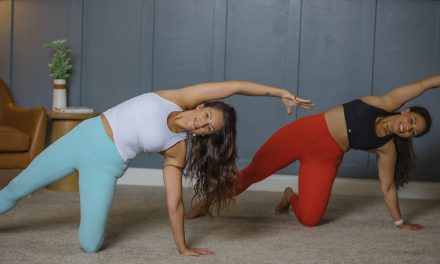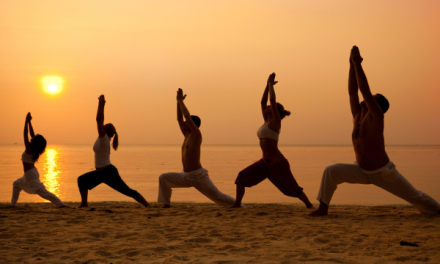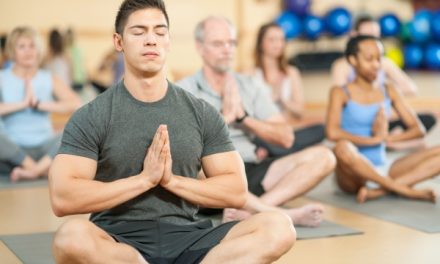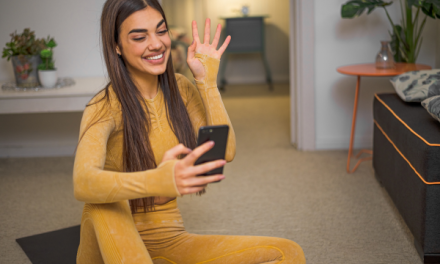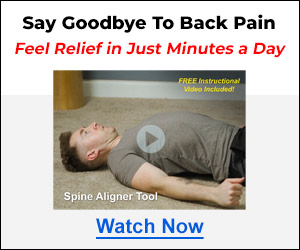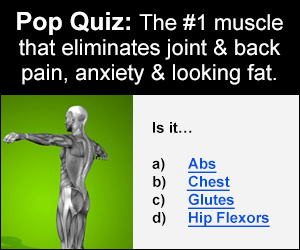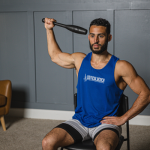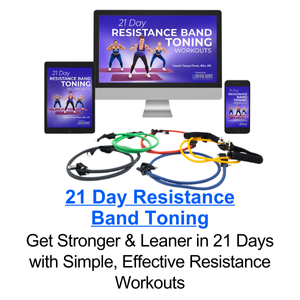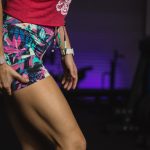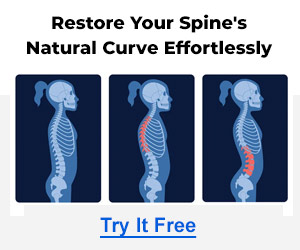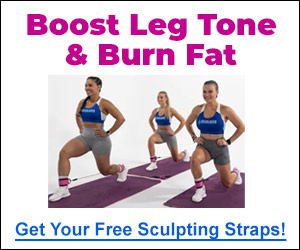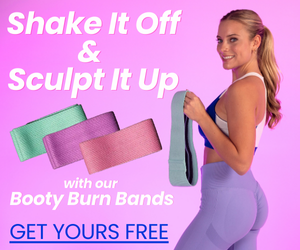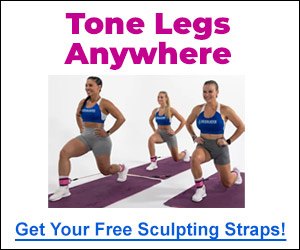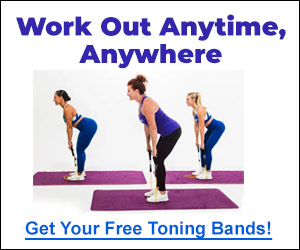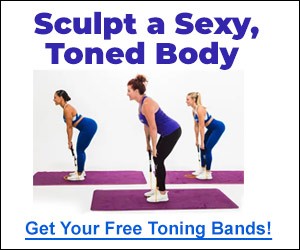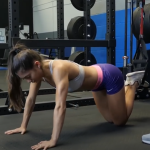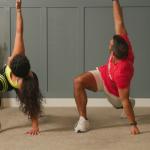In our fast-paced world, where desk jobs and digital screens govern our lives, pain has become an unwelcome companion for many.
Whether it’s the dull ache in your lower back after hours of sitting or the sharp twinge in your neck from constant strain, pain can significantly impact your quality of life.
But what if the remedy to this issue lies not in the medicine cabinet but on the yoga mat?
Let’s take a closer look at how yoga, with its ancient roots and holistic approach, offers not just relief but a pathway to a pain-free life.
Through the gentle stretches, mindful breathing, and meditative practices that define yoga, we can unlock a natural form of pain management that nurtures both body and soul.
Here’s how yoga can help with the most common causes of daily aches and pains.
How Yoga Soothes Common Ailments
Yoga offers a holistic approach to alleviating pain, addressing not just the symptoms but the root causes:
Lower Back Pain
Lower back pain often stems from a combination of factors including poor posture, sedentary lifestyle, and lack of flexibility or strength.
Yoga, with its comprehensive methodology, directly tackles these root causes through targeted postures that promote flexibility, strength, and alignment.
Child’s Pose (Balasana)
Child’s Pose is a restorative, gentle posture that allows for a deep stretch in the lower back, hips, thighs, and ankles.
By folding the body forward and extending the arms in front, this pose creates a soothing pressure on the lower back, encouraging relaxation and relief from tension.
How to Perform:
- Start on all fours, positioning your knees at hip-width distance and your toes together.
- Gently sit back onto your heels, easing your torso down between your thighs.
- Stretch your arms out in front of you on the ground, palms down, or place them by your sides with palms facing up.
- Hold the pose for several breaths, focusing on relaxing and deepening the stretch with each exhalation.
Cat-Cow Stretch
The Cat-Cow Stretch, comprising two complementary movements, offers a dynamic way to warm up and mobilize the spine.
This flow between flexion and extension activates the muscles of the lower back, promoting flexibility and strength.
How to Perform:
- Begin in a tabletop stance, aligning your wrists beneath your shoulders and your knees beneath your hips.
- As you breathe in, lift your head and tailbone, curving your spine downward for Cow Pose.
- With an exhale, curl your spine upwards, drawing in your pelvis and chin for Cat Pose.
- Seamlessly transition between these poses, following the rhythm of your breath, for multiple repetitions.
By integrating poses like Child’s Pose and Cat-Cow Stretch into your routine, yoga offers a natural and effective method for relieving and managing lower back pain.
These practices not only address the physical discomfort but also encourage a mindful awareness of the body’s posture and alignment, contributing to overall spinal health and well-being.
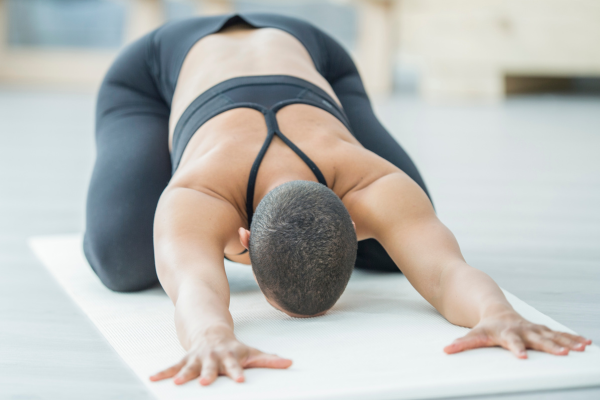
Headaches
Headaches, especially tension headaches, are a common ailment in today’s stress-filled world.
These headaches often originate from tension in the neck and shoulders, a common consequence of long hours spent in front of screens or in poor postures.
Yoga provides natural and effective strategies for combating headaches, focusing on poses that alleviate tension and promote relaxation.
Neck Rolls
Neck Rolls are a simple yet powerful practice for releasing tension accumulated in the neck and shoulders.
This gentle exercise can be performed standing or sitting and involves slowly rolling the head in a circular motion.
How to Perform
- Sit or stand with your spine straight and shoulders relaxed.
- Lower your chin to your chest, then gradually rotate your head to the right, drawing your right ear closer to your right shoulder.
- Gently roll your head back, then to the left side, completing a full circle.
- Repeat the motion for 3-5 circles, then reverse the direction.
Bridge Pose (Setu Bandhasana)
Bridge Pose is a rejuvenating backbend that stretches the chest, neck, and spine.
By lying on your back and lifting your hips towards the ceiling, this pose encourages a gentle stretch across the shoulders and neck.
How to Perform:
- Start by lying on your back, knees bent, and feet planted on the ground, set hip-width apart.
- Place your arms at your sides, palms turned downward.
- Push down through your feet and arms, elevating your hips towards the ceiling while maintaining parallel alignment of your thighs and feet.
- Interlock your fingers beneath your back, pressing your arms into the floor to lift your hips further, thus expanding your chest and shoulders.
- Maintain this position for 30 seconds to a minute.
- Finally, undo your hand clasp and gently lower your hips back to the ground.
Incorporating Neck Rolls and Bridge Pose into your yoga practice can not only offer immediate relief from the discomfort of headaches but also contribute to a longer-term reduction in their frequency and intensity.
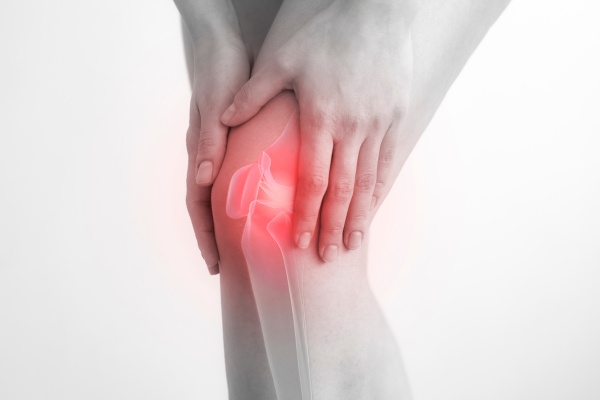
Joint Pain
Joint pain, including the discomfort caused by conditions like arthritis, can significantly hinder daily activities and overall quality of life.
Yoga presents a gentle, yet effective, approach to mitigating joint pain through poses designed to enhance joint lubrication, mobility, and strength.
Warrior II (Virabhadrasana II)
Warrior II is a powerful standing posture that both strengthens and elongates the legs and ankles, while also opening the hips and chest. It fosters balance and concentration, providing a comprehensive stretch that supports joint health.
How to Perform:
- Begin standing, spacing your feet 3 to 4 feet apart, and extend your arms at shoulder level, keeping them parallel to the ground.
- Turn your right foot out to a 90-degree angle and slightly pivot your left foot inward.
- Bend your right knee until it’s directly above your right ankle, ensuring your thigh remains parallel to the floor.
- Shift your gaze over your right hand, ensuring your upper body and hips remain square with the mat’s long edge.
- Stay in this position for a few deep breaths, experiencing the strengthening and stretching of your legs and hips. Switch sides and repeat the process.
Chair Pose (Utkatasana)
Chair Pose mimics the position of sitting in a chair, except without the chair.
This pose engages the muscles of the lower body, including the thighs and ankles, while also working the shoulders and back.
How to Perform:
- Begin in a standing position with your feet either together or hip-width apart.
- During an inhalation, lift your arms above your head, ensuring they remain parallel while your palms face each other.
- On an exhale, bend your knees and lower your buttocks, simulating the motion of sitting down into an unseen chair.
- Keep your back straight and your thighs as parallel to the floor as possible. Your knees should be aligned over your toes.
- Hold the position for several breaths, then straighten your legs to release, coming back to a standing position.
Incorporating poses like Warrior II and Chair Pose into your yoga practice can offer significant relief from joint pain.
These poses not only work on improving the physical aspects of joint health—such as lubrication, mobility, and strength—but also contribute to overall well-being by encouraging mindfulness and stress reduction.

Menstrual Pain
Menstrual pain, a common issue affecting many women, can range from mild discomfort to severe cramps and significantly impact daily life.
Yoga offers a holistic approach to alleviating menstrual discomfort, with specific poses designed to relax the body and soothe pain.
Reclined Bound Angle Pose (Supta Baddha Konasana)
This restorative pose involves lying on your back with your feet together and knees dropped open, forming a diamond shape with your legs.
It’s a gentle stretch that focuses on the pelvic area, encouraging relaxation and relief from cramps.
How to Perform:
- Begin by sitting with your legs straight out in front of you.
- Bend your knees and bring the soles of your feet together, letting your knees fall open to each side.
- Place a cushion or folded blanket under each knee for support if needed.
- Carefully recline back onto your elbows, then lower your back and head to the floor. If lying flat is uncomfortable, use pillows or a bolster under your back and head for support.
- Allow your arms to relax by your sides with palms facing up or place one hand on your heart and one on your abdomen.
- Breathe deeply and focus on releasing tension with each exhale. Stay in this pose for 5-10 minutes, allowing the therapeutic effects to penetrate deeply.
For optimal benefits, women can incorporate this pose into their yoga routine before or during their menstrual cycle to preemptively address discomfort.
Additionally, practicing mindfulness and deep breathing while in the pose can enhance its pain-relieving effects, making it not just a physical practice but a meditative one as well.
Embracing Yoga as a Path to Healing
Turning to yoga for pain relief is more than adopting a physical practice; it’s about tuning into your body’s innate wisdom.
Each pose, breath, and movement on the mat is a step toward not only physical healing but also emotional and spiritual well-being.
Yoga invites you on a journey of transformation, where the alleviation of pain is just the beginning.
As we navigate the challenges of modern life, yoga offers a sanctuary—a space where we can heal, strengthen, and rejuvenate.
So, before you reach for a painkiller, consider stepping onto a yoga mat. The journey to relief, resilience, and renewal awaits.

